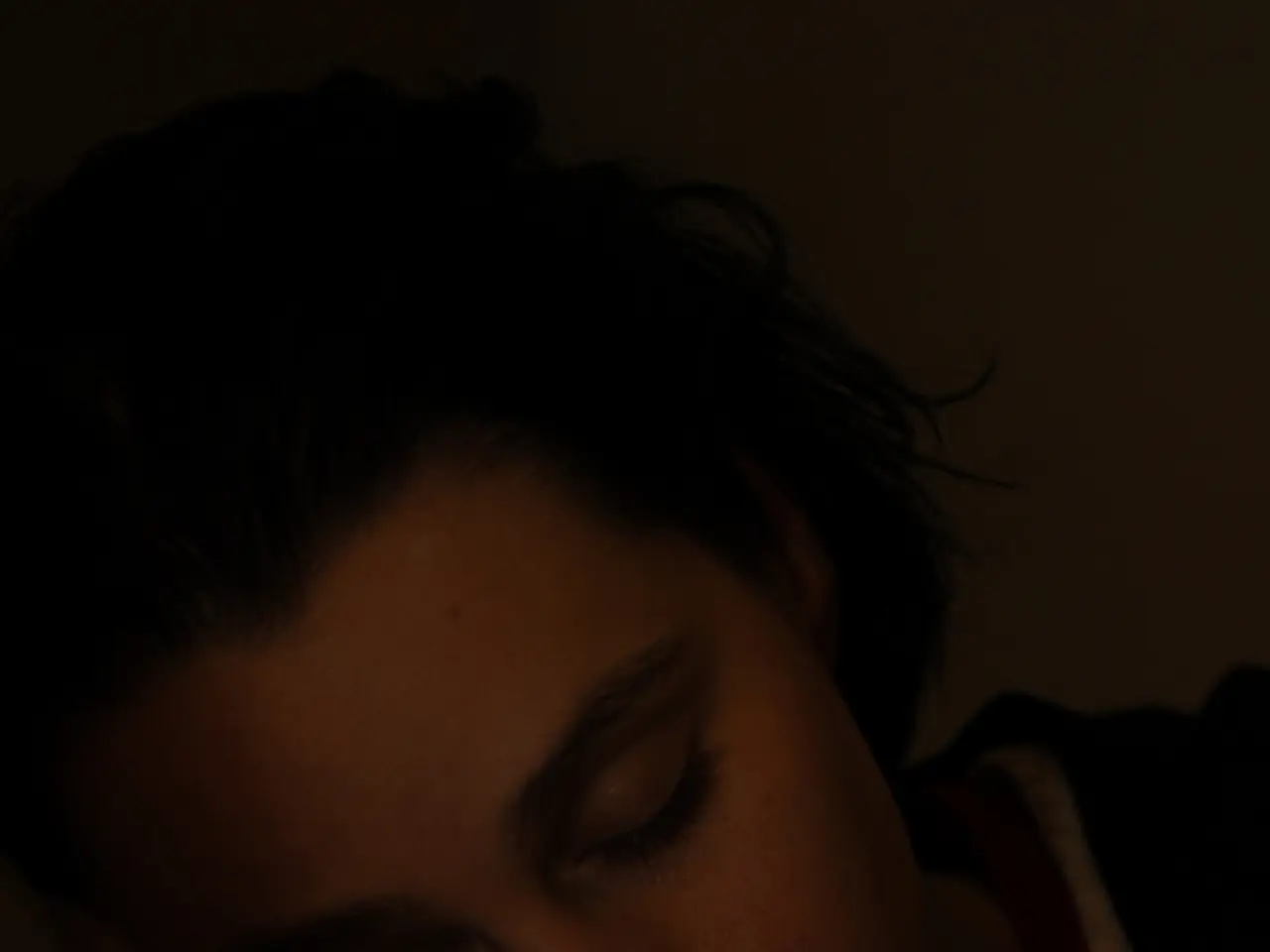Dreams: A Lifetime of Mystery and Potential Therapy
Dreams, a universal human experience, with every individual, including newborn babies, engaging in this nocturnal activity. They can last mere seconds or stretch up to thirty minutes, and the average adult spends over six years 'dreaming' throughout their lifetime. However, the origins and purpose of 'dreams' remain largely mysterious to science.
Dream content varies greatly among people. Some experience 'dreams' in black and white, while others enjoy vivid colors. On average, a person has between 3 to 5 'dreams' per sleep cycle, amounting to approximately two hours of 'dreaming' each night. These 'dreams' often possess their own internal logic and coherence, occurring during both rapid eye movement (REM) and non-REM sleep.
Throughout history, many societies have regarded the 'dream' world as equally significant as the realm of everyday consciousness. Today, researchers continue to explore 'dreams'' role, with recent studies focusing on 'dream' interpretation as a tool for treating posttraumatic stress disorder (PTSD). Katathym Imaginative Psychotherapy (KIP), for instance, combines guided imagery and inner child work to address PTSD symptoms within a psychoanalytical and trauma therapy framework.
'Dreams', a fundamental aspect of human existence, remain an enigma despite centuries of exploration. They can last from a few seconds to half an hour, with the average adult dedicating more than six years of their life to 'dreaming'. While 'dreams' occur during both REM and non-REM sleep, their origins and purpose remain largely unknown. Modern research, however, is delving into 'dreams'' potential therapeutic applications, such as aiding in the treatment of PTSD.





